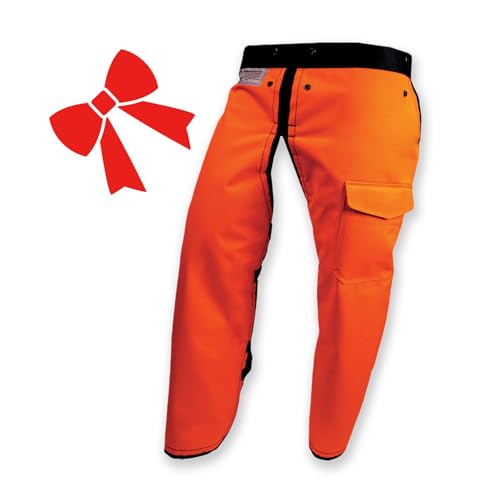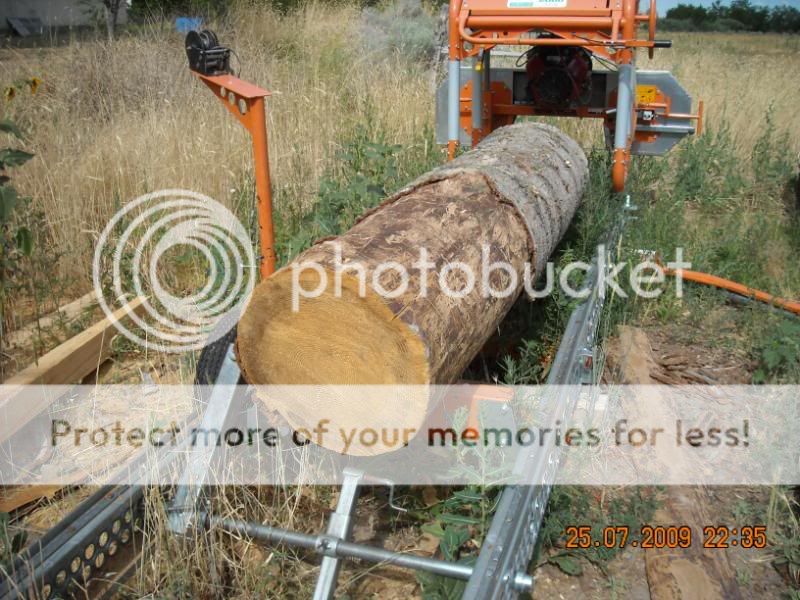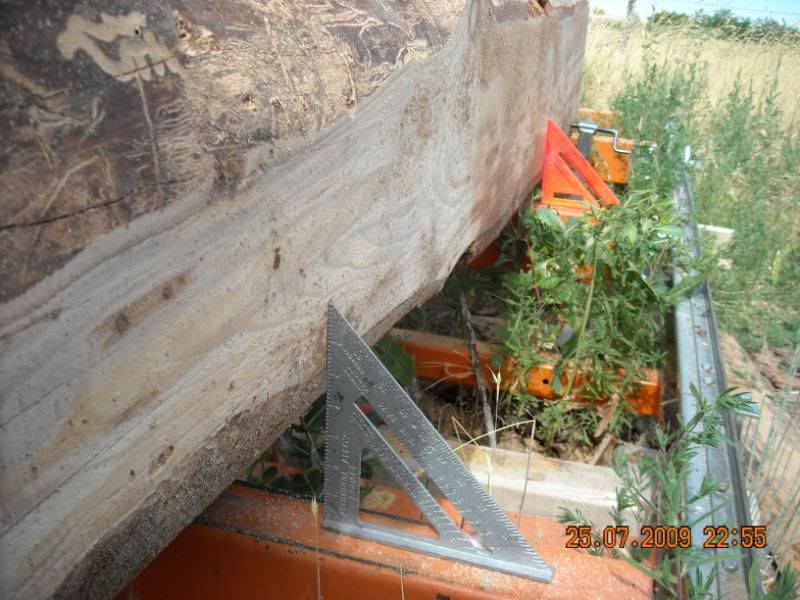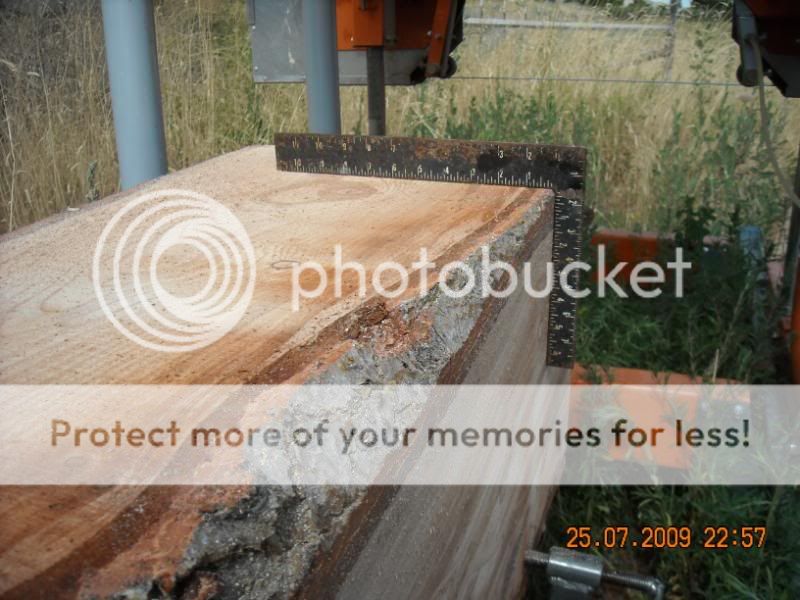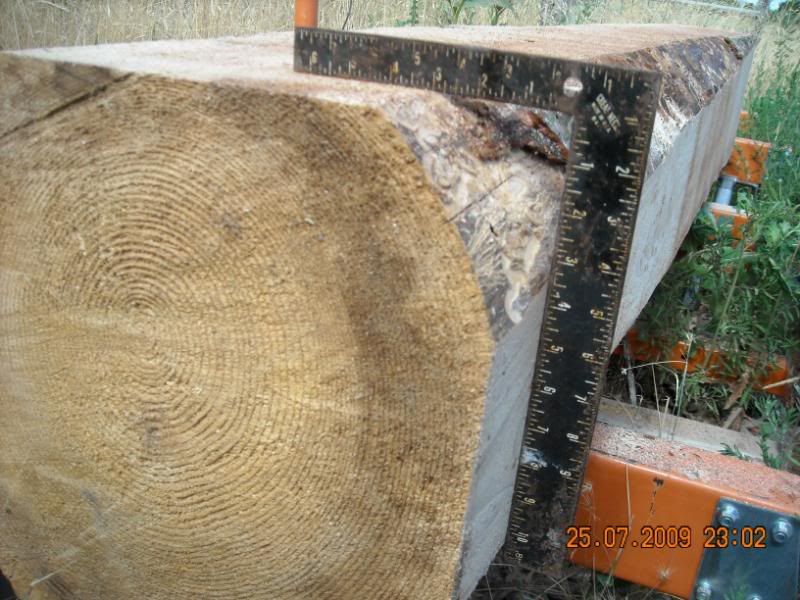Is the log crooked in addition to having an offset pith? If so, the
best way to mill is curve sawing, and
THIS PDF may be of interest to you. However curve sawing isn't so practical outside of a big commercial mill. So...
If you're going for absolute stability in a 2X12, and aren't as concerned with yield, the best way is to saw parallel to the curve - for example, if you were to lay a banana flat on a table, the cuts would be made parallel to the table, so that every piece shares the same curved shape. This way the natural stresses in the wood are placed across the wide axis of the board, which is more able to resist movement. This is especially true of the boards sawn near the center of the log, since they would be more or less completely vertical-grain pieces. However, this method of sawing substantially limits either the maximum width or length of the pieces, or both depending on the severity of the curve.
If you were to cut the pieces perpendicular to the curve - if you took the banana, sat it up on the table so the ends were up, and cut parallel to the table again - you would end up with an area at or near each end of the boards where the grain deflects through the narrow axis of the piece at rather steep angles, both greatly reducing its strength and also creating a great deal of tension that will want to warp the board. This method will allow more wide pieces, but generally shorter.
If the log isn't really crooked but has a lot of compression wood, I can't really suggest much. I've seen boards with a lot of compression wood warp so badly in the kiln that the ends almost touch each other. Quartersawing is probably the most you can do to help with it.
Just a graderman's opinions, so take it with a grain of salt. I'd love to hear if the pro sawyers have any other thoughts. If you could rig up some sort of leading roller to follow the top of a curved log and let the carriage height match the log's, you could in theory curve-saw it quite well with a smaller bandmill.
















































